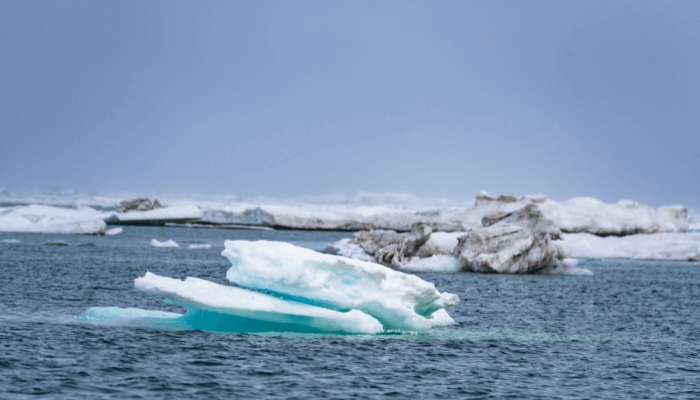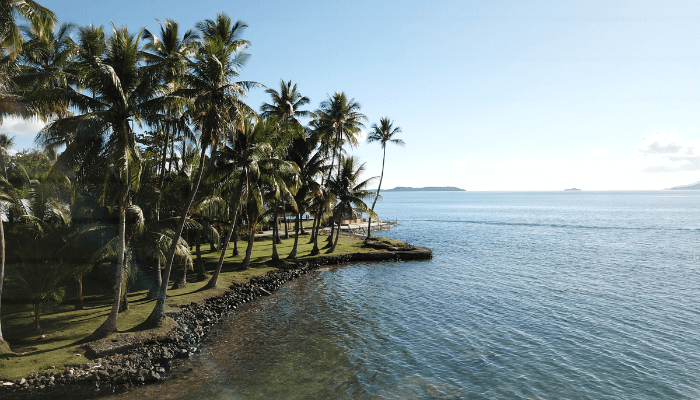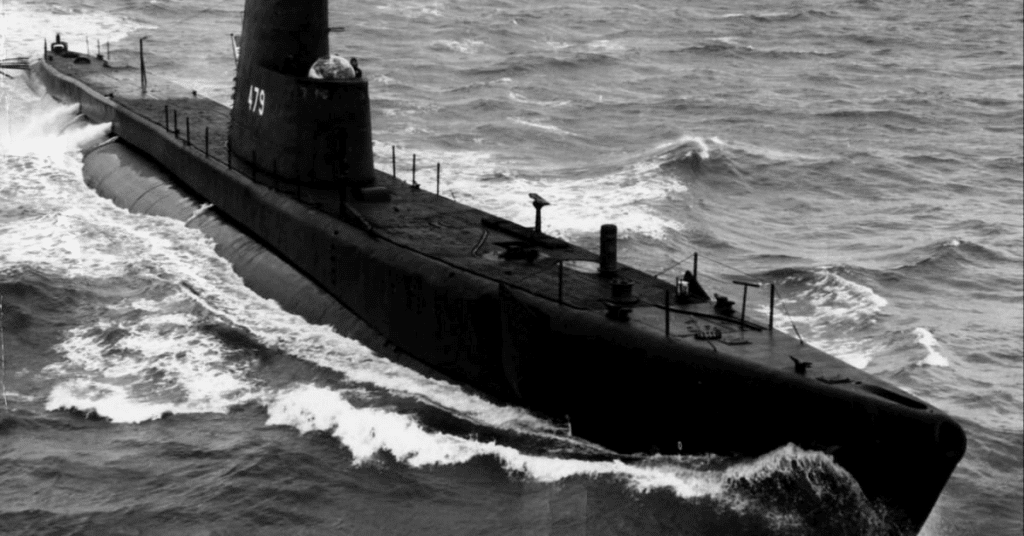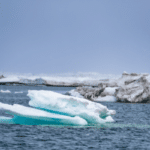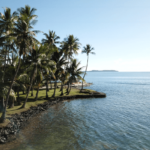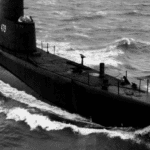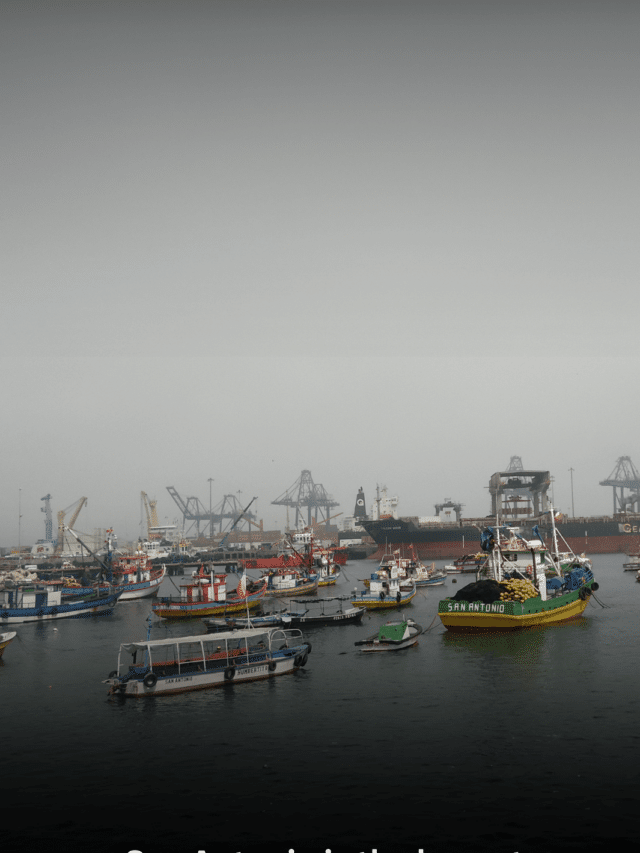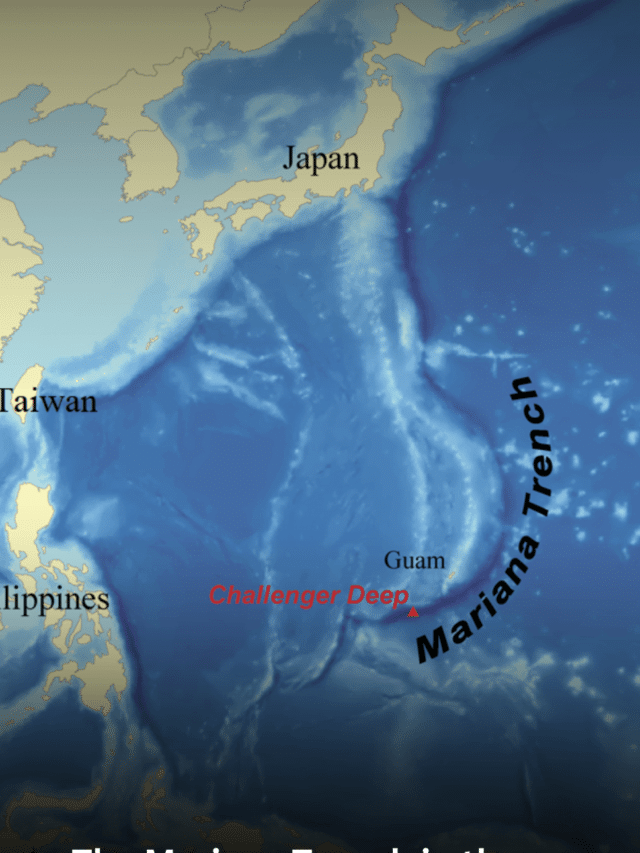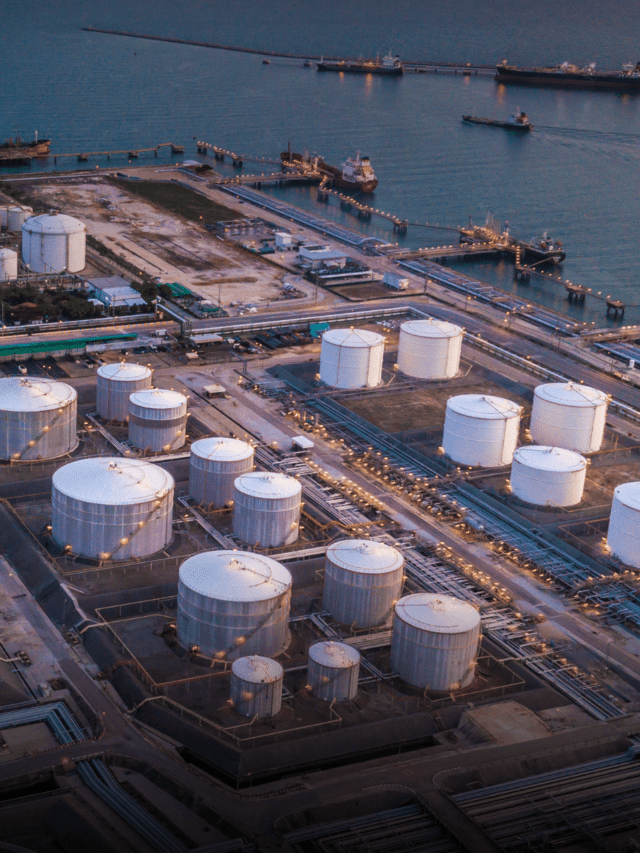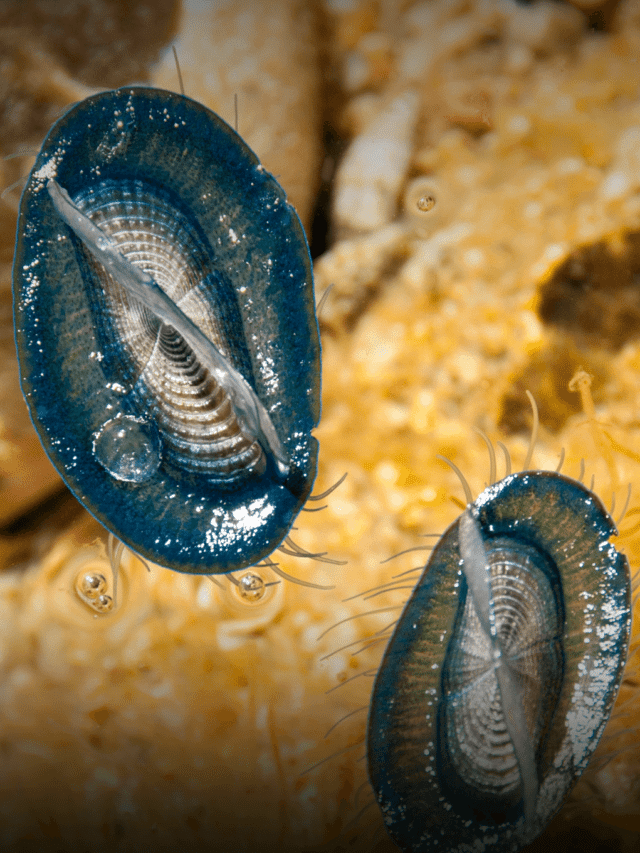4 Major Ports In Aruba
Aruba is an island nation forming a part of the Kingdom of Netherlands. It has a prosperous economy based on tourism and financial services. It is a major exporter of aloe vera and refined petroleum. Manufacturing and agriculture are less profitable sectors on the small island.
Beaches and resorts are situated on the well-sheltered western and southern coasts. Aruba does not have any inland rivers or high mountains. It experiences pleasant, sunny weather throughout the year.
The citizens enjoy a high standard of living and the unemployment rates are low. There are four major ports in Aruba, described below.
1. Port of Barcadera
The principal port of Aruba, Barcadera lies in Santa Cruz province, just five kilometres from the Oranjestad harbour. It has a 355-metre-long wharf that is equipped to handle all kinds of non-container cargo including break bulk, RORO, liquified petroleum gas, cement, gasoline and so on. Approximately 50,000 tonnes of cargo and over 200 ships frequent the port annually.
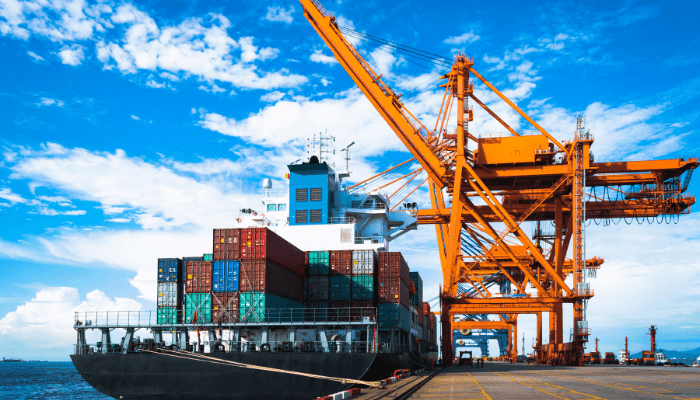
Barcadera general cargo terminal can accommodate ships with a maximum LOA of 235 metres and a draught of 9.8 metres. According to port rules and regulations, ships with an LOA of over 130 metres can dock only during the day.
Port History
Plans to construct a port at Barcadera began in 1994 with the expansion of the Oranjestad harbour and increasing cargo traffic. The former faced acute congestion since it was used by cargo carriers and also cruise ships.
The American Bridge Company was given the Barcadera Sea Terminal project in 2013 which was completed by 2015. The company relocated the 1150-foot container berth, carried out dredging works and built a 450-foot bulkhead or retaining wall. They also repaired the existing infrastructure, constructed terminal buildings, mooring dolphins, parking spaces and storage warehouses.
Also, a free trade zone adjacent to the terminal was opened to attract international companies and investors. The port reopened in 2015 and the Dammers Group of Companies was the first to utilise the revamped facilities to ship machinery for an oil and gas company.
Container terminal
The new container handling facility began operations in 2016. Receiving the largest container ships, the 400-metre wharf is equipped with 350 metres of rails for the gantry cranes. It has an 11 m water depth and a mooring dolphin on the eastern side and two breasting dolphins to the west. In 2019, about 50,404.100 TEUs passed through the container terminal.
The container freight station covers 90,000 square metres and can be further expanded in future. An 8500 m2 of open storage area is leased to port companies for storing aggregates, machinery, cement etc.
It has 20 reefer connections for refrigerated cargo. The port has an additional 100-metre berth for receiving Barquitos or boats filled with agricultural produce from the neighbouring countries.
The rebuilding and expansion of Barcadera port infrastructure helped to develop Oranjestad as a premier cruise facility and a pleasure port. Barcadera is close to the commercial and industrial zone which makes it an attractive logistics location.
The port provides an array of services to its customers including loading and discharging LOLO and RORO, handling general cargo vessels, stuffing and de-stuffing containers, logistics support etc. The port seldom deals with project cargo like windmill parts and generators.
2. Port of Oranjestad
The second busiest port of Aruba, Oranjestad serves as the capital and the main cruise port of the country. It is densely populated and lined with buildings painted orange in reverence of the Dutch monarch, William of Orange, after whom the city was named Oranjestad.
The port lies on the southwestern coast of Aruba, 25 miles from the Venezuelan shores. It remains open 365 days a year and handles cruises, cargo ships, passenger boats, oil tankers and break bulk carriers. Containerised cargo has not been handled at the port since 2015. All Container goods are dealt with at the Barcadera container terminal.
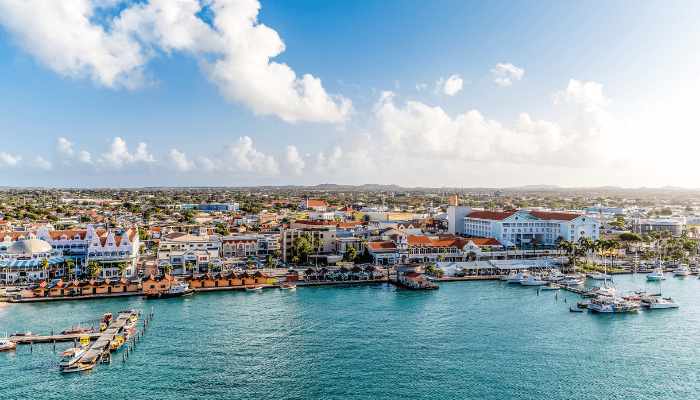
Approximately 1000 vessels, including 310 cruise ships visit the port annually. The total cargo throughput amounts to 200,000 tonnes.
Port History
The Oranjestad harbour grew near the Zoutman fort in 1798. It developed into a smuggling depot controlled by pirates before the arrival of the Spanish. After the Dutch defeated Spain, the island went into the hands of the Dutch crown. The Dutch East India Company made it their naval base. People lived in immense poverty, however, the discovery of oil changed the city’s fortunes. The economy strengthened and people found employment. The population increased due to immigration from rural areas and neighbouring islands.
Port Layout
The well-sheltered harbour has two basins, a western entrance channel and an eastern exit gateway. Oranjestad port has a water depth of 32 feet and numerous docks spanning 4000 feet.
Cruise terminal
Cruise ships are moored close to the city centre, which is a 5-minute drive to the city’s most popular beaches and resorts. The terminal has 5 berths covering 3000 feet with an alongside depth ranging from 33 to 36 feet. The former container berth is used to accommodate cruise ships on weekends.
Cargo terminal
This facility covers 1.5 million square feet of area and stores over 7000 tonnes of cargo. It also has 35 reefer connections and a 60-tonne gantry crane, 3 forklifts, 5 port trucks and several trailers.
Cargo ships are received at the 300 m long pier. It is utilised for processing imported items like grains, cereals etc. Adjacent to the port is the free trade zone and the transhipment cargo warehouses.
3. Port of San Nicolas
One of the largest cities of Aruba, San Nicholas is a bustling commercial centre. Its economic growth is closely tied to the establishment of the oil industry in the area. The coastal town is a favourite of water sports enthusiasts, especially scuba divers.
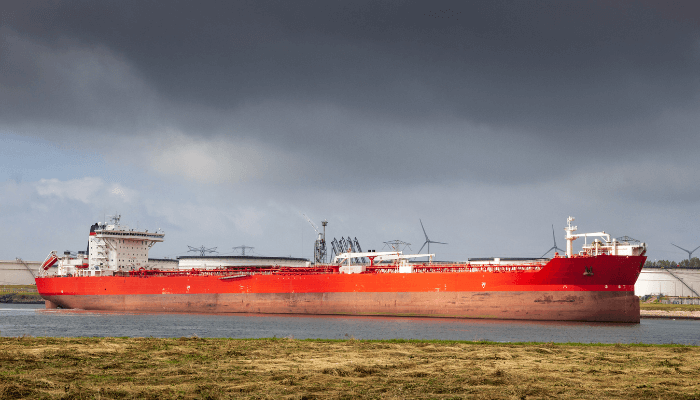
Charlie’s bar has become an important landmark in the city since it opened in the 1940s. Scuba divers are frequent visitors to the place and hang their underwater findings on the front wall, which has turned it into an informal museum, a repository of fascinating marine treasures.
Port Layout and services
The deepwater port lies on the southeastern coast of Aruba, near the San Nicholas Bay, about 15 kilometres from Oranjestad. Facilities for serving the offshore oil and gas industry are owned and managed by Valero Aruba Refining Corporation. The company owns an oil refinery and also deals with breakbulk. Ship repair, maintenance, wastewater treatment and bunkering services can also be availed.
The Valero Marine terminal mainly deals with imports and transshipments. It can accommodate ULCC-sized tankers and ships a few refined petroleum products, produced by the refinery. Recently, the port was dredged to widen the navigation channel.
The oil terminal contains two finger piers, two specialised wharves dedicated to sulphur and pet coke and two dry cargo berths lying 125 metres onshore. The port has an expansive tank farm comprising over 55 storage tanks with a total capacity of 12,500,000 bbls. More than 400 tankers and cargo ships visit the port every year.
Port History
As per the historical tradition, San Nicholas was a major agricultural settlement of Aruba in mediaeval times. It was named after a wealthy landowner and philanthropist called Nicolaas Van der Biest who was highly respected by the people.
Spain conquered the island of Aruba in the 1400s for finding gold and precious metals. However, the Netherlands snatched the island from the Spanish Crown in 1600 after the end of the Thirty Years War. In the 18th century, the British occupied Aruba but lost it after the war of 1812.
In the 18th and 19th centuries, the island suffered from continuous wars and invasions. However, an economy based on gold exploration, mining, forestry and plantations came up.
The Royal Shell Company arrived in 1824, setting up oil refineries in Oranjestad and San Nicholas that processed crude oil shipped from the oil fields of Venezuela. Gradually, the oil refineries grew, adding to the region’s prosperity.
However, during the second world war, the Netherlands was captured by German forces for a brief period which left permanent damages to the industrial infrastructure. In 1941, many oil refineries were destroyed by the Nazis.
After gaining autonomy in 1983, Aruba used its resources to rebuild its harbours, repair the infrastructure and focus on redeveloping the profitable oil and gas industry on the island nation.
The San Nicholas oil refinery was bought by Coastal Corporation which operated it for five years before closing it in 1995. It was resold to Valero Group and remained operational until 2009. Finally, Citgo Petroleum Corporation bought the facility which was acquired by the authorities in 2020. The government plans to modernise the port terminal and install new operating systems and equipment.
Famous attractions
The city of San Nicolas is known for its stone-cobbled streets of the old town, historic buildings and natural beauty. Housing just 16,000 people, the city offers solitude and peace to a tired soul. A local museum showcasing the town’s colonial history lies on the main street adjacent to the traditional farmer’s market.
The water tower constructed in the early 1900s, for supplying tap water to the residents stands as a sign of industrialisation in the small city. Another famous place is the train museum and the beautiful seafront lined with stalls selling souvenirs, local handicrafts and much more.
Walking in the San Nicolas Streets is an interesting affair since the walls are decorated with colourful graffiti and murals. One can enjoy a short hiking trip from Seroe Colorado, all the way to the lush green mountains.
The most popular beach in the city is called Baby beach. It is ideal for swimming and snorkelling and lies south of San Nicolas city centre. The nearby reef islands are nesting grounds for rare bird species.
4. Port of Manchebo
Manchebo is a famous cruise terminal in Aruba, handling over half a million tourists every year. It is an expansive construction, accommodating passenger berths, waiting rooms, lounges and several stalls owned by locals. The port has an anchorage depth of 12.5 metres. It is well protected and receives two cruise ships simultaneously.
The building also contains a parking lot and offices of touring companies. Tourists can book the excursions of their interest and board the shuttle bus to the main exit of the cruise centre. From here, the respective tour operators take charge.
The coastal town faces the Caribbean coastline and is known for its white sandy beaches. People usually visit Manchebo to enjoy a relaxing weekend. The beach resort is only ten minutes from the cruise facility.
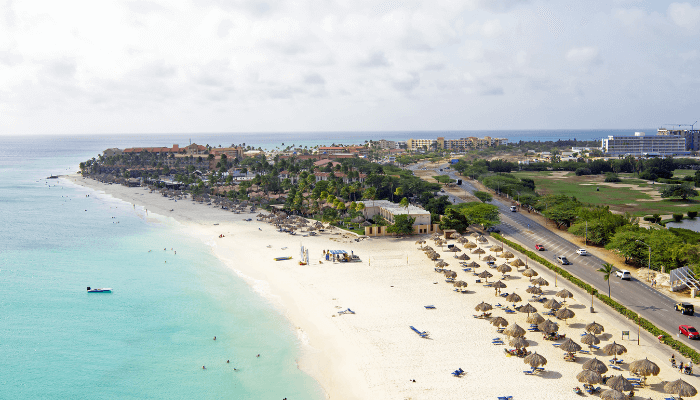
Situated on Eagle beach, the resort offers a true experience of Aruban culture. A quiet place, it is lined with palm trees, colourful cabanas and thatched-roof bungalows. One can also book a private sea-facing suite with a swimming pool.
Guests can enjoy various water sports at the beach such as sailing, fishing, water-surfing and scuba-diving. The gear can be taken on rent and a personal trainer can be hired for ensuring safety. Many interesting eco-friendly programs and competitions are also organised by the staff members.
Relaxing and rejuvenating massages are a speciality of the Retreat Spa. Those planning to stay for a week can enrol in the yoga course. The watersports centre provides a snorkelling trip to the shipwreck of Antilla. Close to the resort is a small marketplace selling jewellery, souvenirs, chocolates and seafood.
You might also like to read:
- 4 Major Ports In Bermuda
- 9 Major Ports In Cape Verde
- 7 Major Ports in Greenland
- 7 Major Ports in Costa Rica
- 7 Major Ports in Latvia
Disclaimer: The authors’ views expressed in this article do not necessarily reflect the views of Marine Insight. Data and charts, if used, in the article have been sourced from available information and have not been authenticated by any statutory authority. The author and Marine Insight do not claim it to be accurate nor accept any responsibility for the same. The views constitute only the opinions and do not constitute any guidelines or recommendations on any course of action to be followed by the reader.
The article or images cannot be reproduced, copied, shared, or used in any form without the permission of the author and Marine Insight.
Do you have info to share with us ? Suggest a correction
Latest Maritime Knowledge Articles You Would Like:
Subscribe To Our Newsletters
By subscribing, you agree to our Privacy Policy and may receive occasional deal communications; you can unsubscribe anytime.
Web Stories

About Author
Zahra is an alumna of Miranda House, University of Delhi. She is an avid writer, possessing immaculate research and editing skills. Author of several academic papers, she has also worked as a freelance writer, producing many technical, creative and marketing pieces. A true aesthete at heart, she loves books a little more than anything else.






